100 years ago – even before I became interested in science – the British Astronomical Association had a flourishing star colour section.
Armed with telescopes of various kinds, or even binoculars, the members of the section set out to estimate the colours of all bright stars.
Remember, these were the days when spectroscopy was fairly primitive when judged by modern standards.
All in all, the results were fairly good, and tie in quite well with today’s spectral types, though there are one or two exceptions.
But have you ever given serious consideration to star colours? I have often heard people say all stars look white. This is not true. Some show very obvious colour.
Red stars
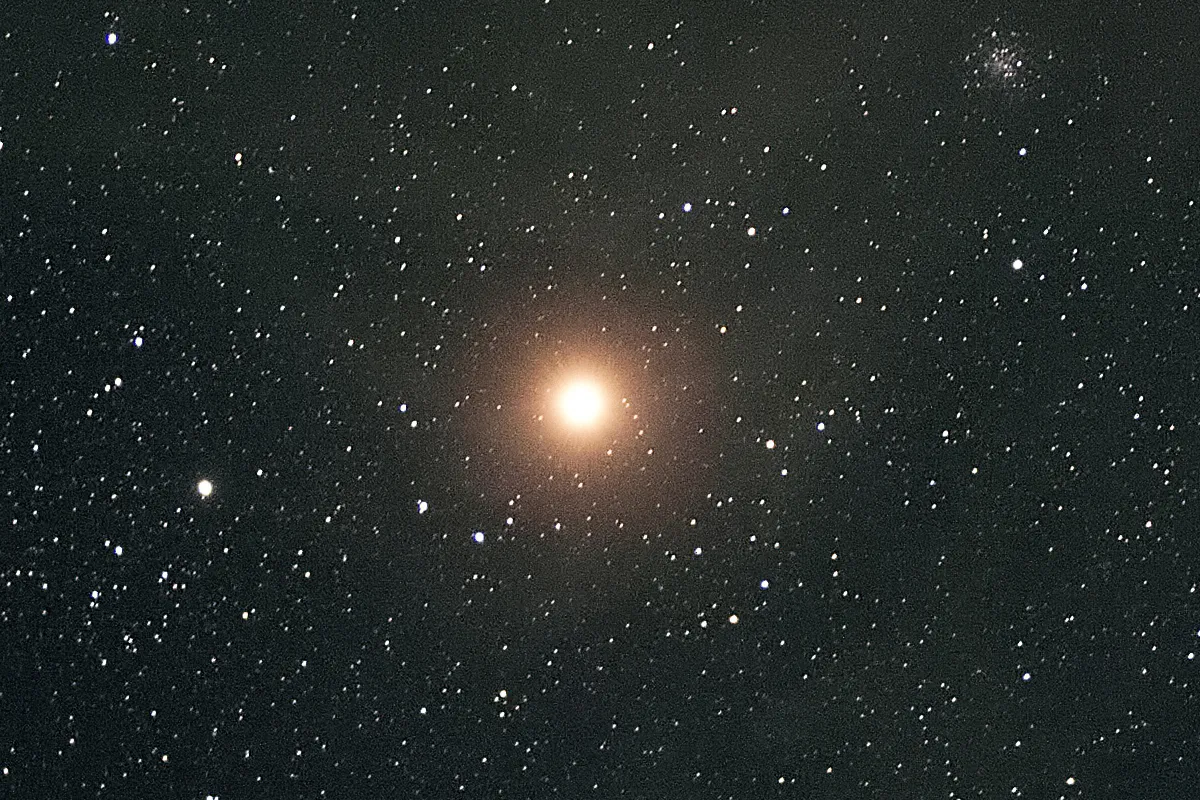
Arcturus is light orange, Aldebaran is a morepronounced orange, Betelgeuse is orange-redand Antares is certainly red.
Telescopically,there are stars which look like glowing coals: Mu (μ) Cephei – William Herschel’s ‘Garnet Star’; R Leporis –Hind’s ‘Crimson Star’, and so on.
But yellows, blues, and, inparticular, greens, are different.
For observations of this sort, reflectors are clearly better than refractors, and much depends upon the observer’s eyesight, but even today it is interesting to look around.
Blue stars
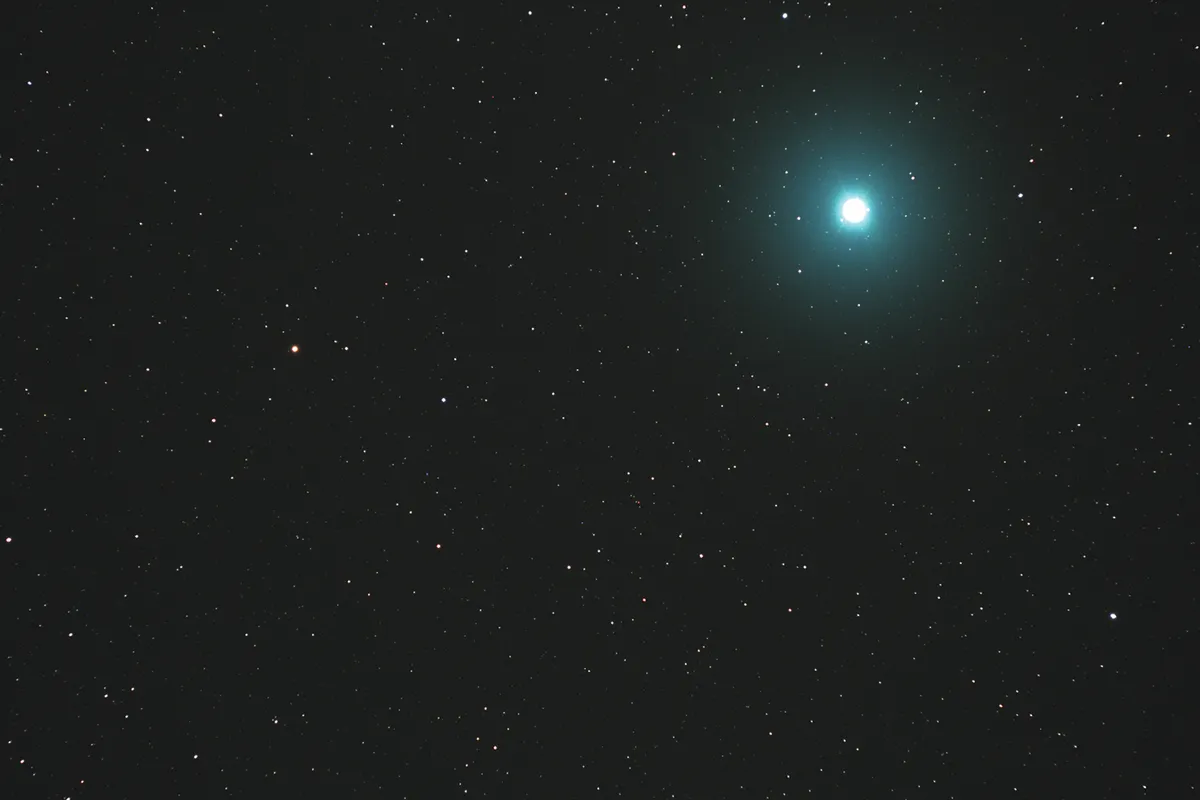
It is said that what we call early-type stars are bluish.
To me, the one brilliant star which really does have a steely-blue hue is Vega, spectral type A, while I can see no real colour in Altair (type A) or Deneb (also A).
All three stars of Orion’s Belt are very hot: can you see blueness in them?
Yellow stars
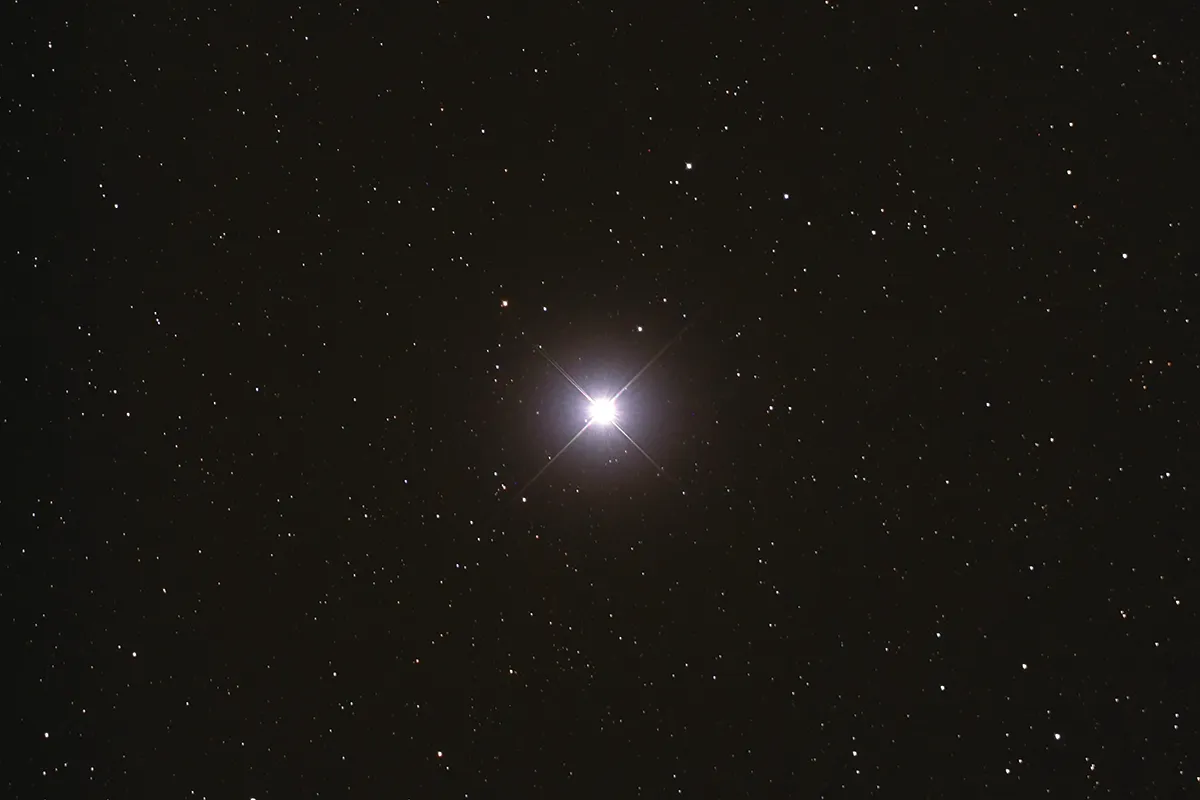
On to yellow, or types F and G. There can be no doubt about our G-type Sun, but what about Capella, an extremely close binary star whose companions are of type G5 and G0 respectively?
I can see that it is ‘oil-white’, but not really yellow.
I had a surprise when I first went to the southern hemisphere and looked at Canopus, the second brightest star in the entire sky, and often described as markedly yellow (type M): to me it looks pure white.
Only when we come to the orange and red stars do the colours become really striking.
Various catalogues of red stars have been published, but early attempts have to be treated with a certain suspicion.
In one 19th century catalogue, Achernar, in Eridanus, was included.
Actually it is of type B3, and is white or bluish- white. It is obvious how the mistake arose.
This particular catalogue was drawn up from observations made in latitudes where Achernar, at a declination of -57o, never rises far above the horizon, so its light passed through a deep layer of the Earth’s atmosphere.
All stars twinkle: those which are low down twinkle much more strongly than those that are high up.
Sirius, the brightest star
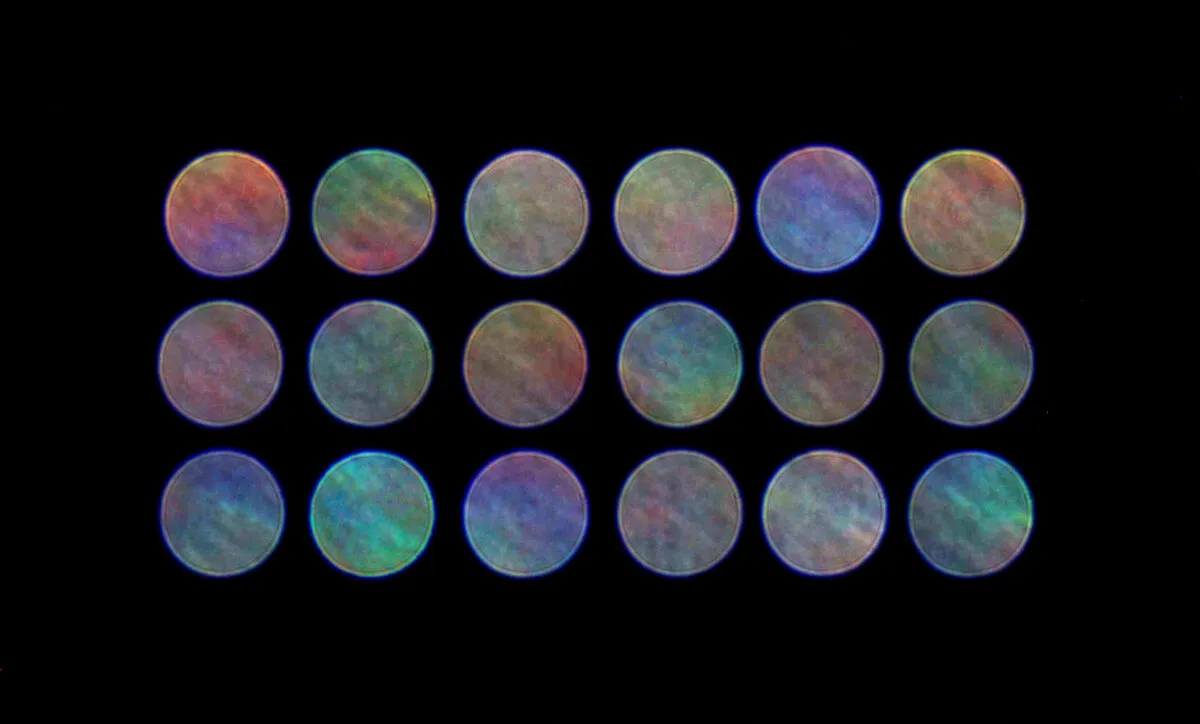
The supreme ‘twinkler’ is Sirius, the brightest star in the night sky, partly because it is so brilliant and partly because, from Britain, it is always rather low.
At times it seems to flash all the colours of the rainbow, even though it is really pure white (spectral type A1).
But there is a minor mystery associated with Sirius: in catalogues dating back to classical times it is very often listed as red – even though from countries such as Greece it rises to a greater altitude than it does from the British Isles, and should therefore appear less red.
There is absolutely no chance that Sirius has really changed in colour.
It is a steady, well- behaved main sequence star. It does have a companion, Sirius B, which is a white dwarf (since Sirius is the Dog Star, the companion is often referred to as the Pup).
Before becoming a white dwarf, the Pup must have passed through the red giant stage, and it has been suggested that it may have been in that state when the old catalogues were compiled.

Alas, the time scale is all wrong, and this intriguing theory has to be rejected.
There is no doubt that the reports of a red Sirius are due simply to observational error.
See Sirius overhead, as you can do from suitable southern latitudes, and it hardly twinkles at all;it does really look white.
Formerly, star colours were regarded asimportant inasmuch as they gave clues about stellar evolution.
Red giants were young: they shrank, heated up, joined the main sequence, and slid down it to become red dwarfs.
It seemed beautifully simple, but, as we now know, it could not have been more wrong.
Red supergiants such as Betelgeuse are not youthful; they are highly evolved – in fact, they are more like stellar OAPs.
Green stars?
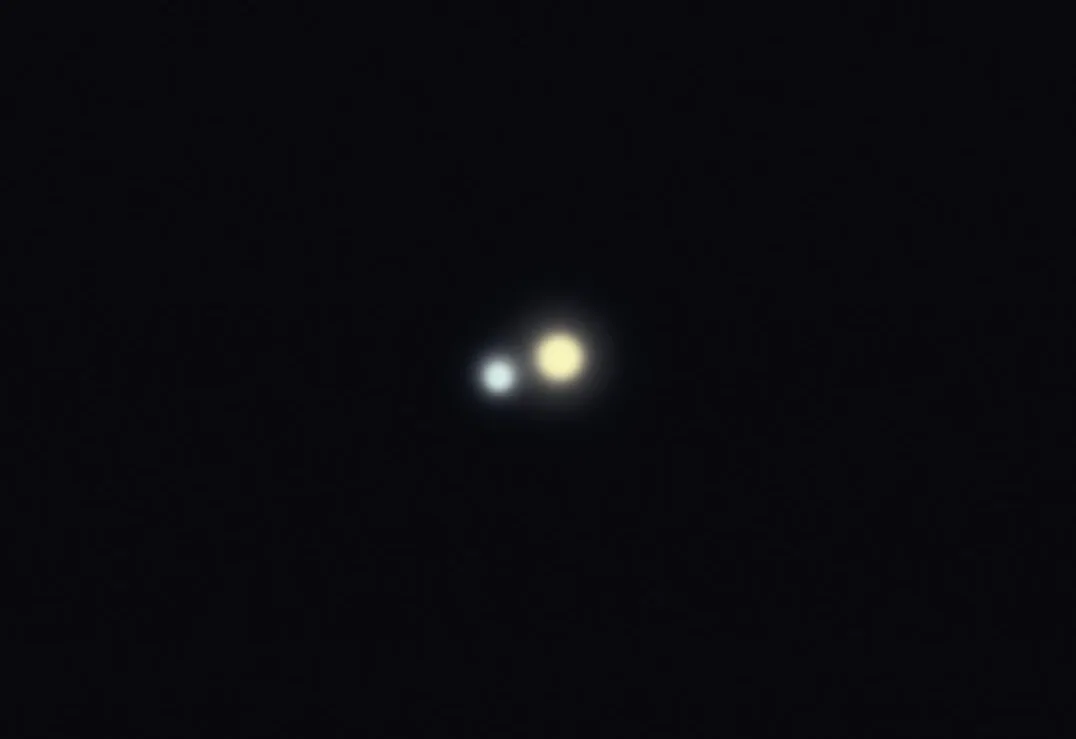
Lastly, let me turn to green stars. They do exist – or seem to exist.
There are red stars with faint companions: Antares is one, alpha (α) Herculis is another.
Telescopically, the companions look green, but this is due mainly – or more probably, entirely – to contrast.
Albireo or beta (β) Cygni, in my view the most beautiful double in the sky, has a yellow primary, with a companion which I see as vivid blue, but has sometimes been called green.
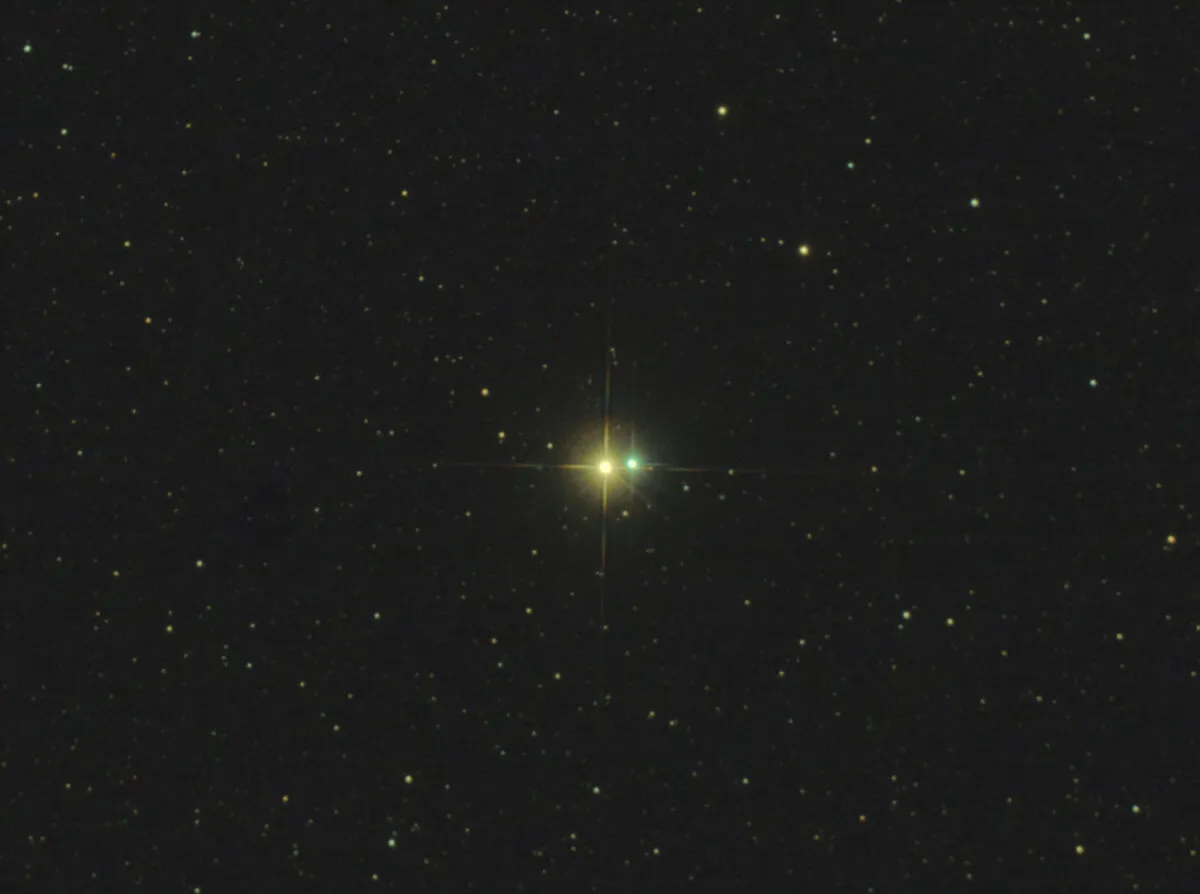
Green single stars are vanishingly rare, but you can seek out binaries that appear green in our green star observing tour.
In fact, only one naked-eye star is generally described as green, and was given as such by the observers of the old BAA star-colour section.
This is beta (β) Librae, which has the tongue- twisting proper name of Zubeneschamali.
Beta Librae is of magnitude +2.6. The star lies 121 lightyears away and, according to the Cambridge catalogue, is 105 times as luminous as the Sun.
The spectral type is B8, and there seems nothing unusual about it.
It has no binary companion, but is a solitary wanderer in space.
So, is it really green? Or has a myth been started, and followed up by observers who ‘see’ what they half expect to see?
Well – I have looked at beta Librae with the naked eye, binoculars, reflectors and refractors.
It always looks pure white, but I do not think that my eyes are particularly colour-sensitive.
What do others have to say? Do please look hard at beta Librae and give us your verdict.
Get in touch by emailing us at contactus@skyatnightmagazine.com.
